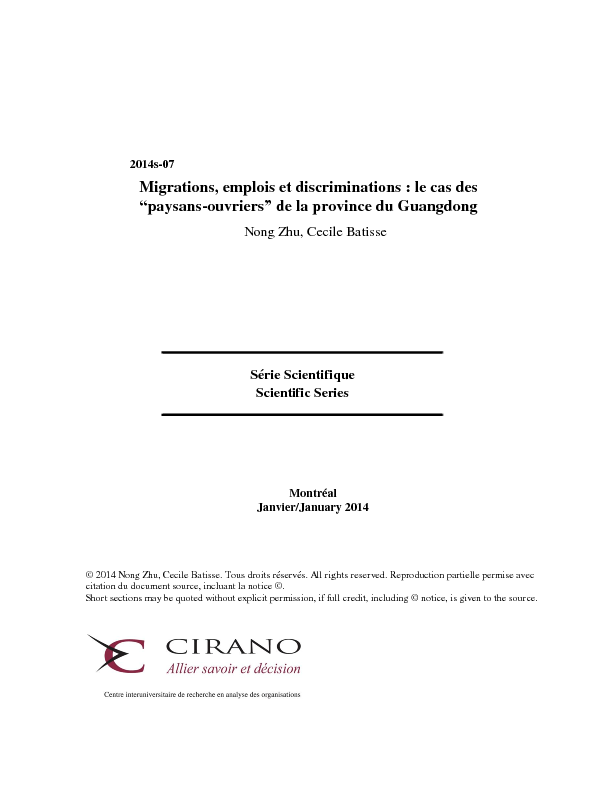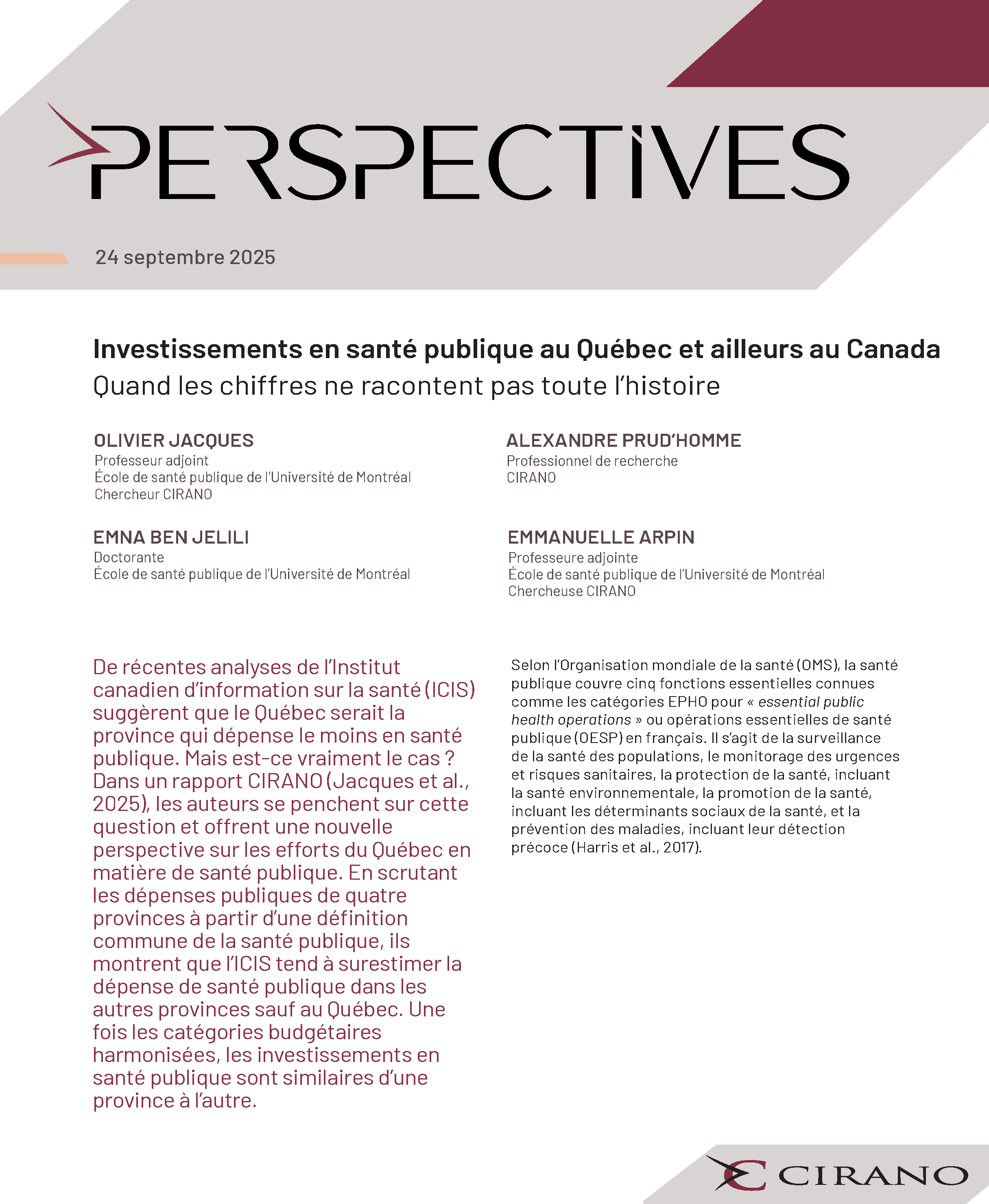Migrations, emplois et discriminations : le cas des “paysans-ouvriers” de la province du Guangdong
The integration of rural migrants into the urban labor market has become an essential economic issue in today's China. In the context of economic reforms, policies affecting migration in continental China have been redefined, which therefore greatly intensified the internal migration flows. Since the 1980s, the rural depopulation has been essentially linked to the migration of ming gong or peasant-workers, who continues to play a key role in the transition of China into a market economy. In this article, we study the integration of these rural migrants into the labor market in the Guangdong province using the original data from a 2006 survey of peasant-workers. Based on duration model estimation, the analysis focuses on the role of different characteristics, including personal, temporal (i.e. the course of employment mobility through time) and spatial (i.e. the role of place of origin) ones. Results show that migrants form a heterogeneous group in terms of personal characteristics and employability in the Pearl River delta. The insertion on the labor market of women, young and less qualified migrants is relatively easier. Geographical proximity also plays a favorable role. Finally, we examine the determinants of the wage in urban areas for peasant-workers integrating the increasingly segmented and fragmented labor market.
[ - ]




